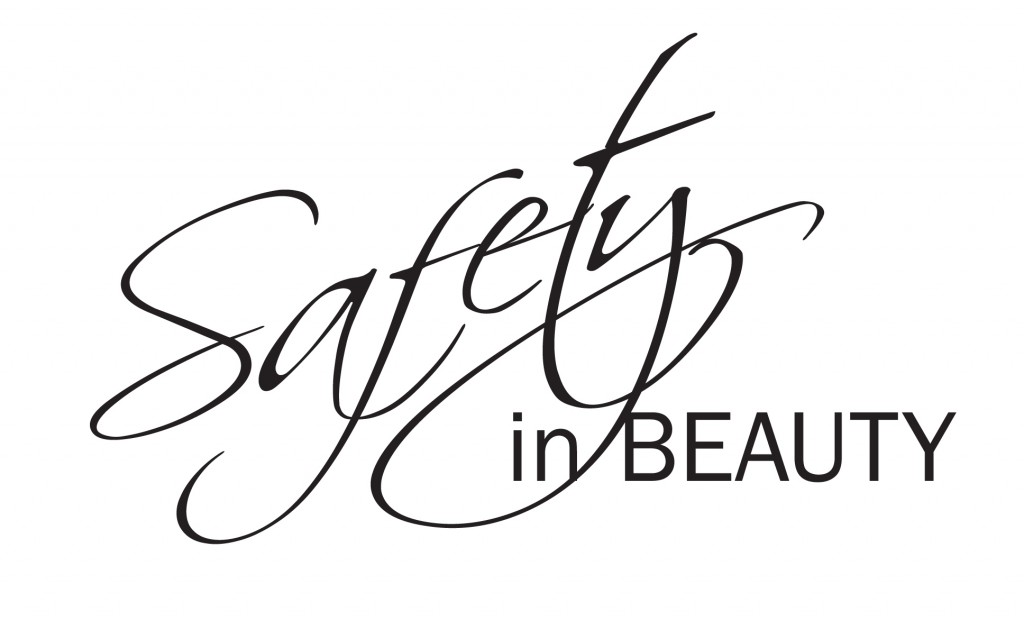A facelift, also known as rhytidectomy, is an operation to lift the facial skin and underlying muscles, so that the face has a tighter, smoother and consequently younger appearance.
In a traditional facelift the surgeon will make a surgical incision right around the hairline, past the front of the ear and sometimes under the chin, then carefully remove excess skin and fat and tightening the muscles.
The main difference between minimal access cranial suspension (MACS) and the traditional method is that the incisions are smaller and the tightening of facial muscles and removal of excess fat is done through these small incisions. Excess fat can also be removed using this procedure.
Neck lift surgery involves the removal of excess skin and fatty tissue, leaving the skin around the area of the neck and jaw smoother and more defined. During surgery loose or sagging skin is removed or tightened. Fatty tissue may also be removed with liposuction. Vertical bands and lines can be eliminated using platysmaplasty; a procedure which involves making small incisions under the chin or behind the ears to tighten the muscles of the neck.
A brow lift smoothes out frown lines and wrinkles on the forehead and between the eyes to give a younger, less serious appearance. Also known as a forehead lift, this procedure raises the brows and lifts the eyelids to open up the area around the eyes. In a coronal brow lift, excess skin is removed through a cut across the top of the scalp, hidden within the hair. The muscles that cause frown lines are shortened and the eyebrows are lifted.
Alternatively keyhole surgery can be performed using special surgical instruments inserted through tiny cuts in the hairline. The muscles that cause frown lines can be reduced and there is minimal scarring.
